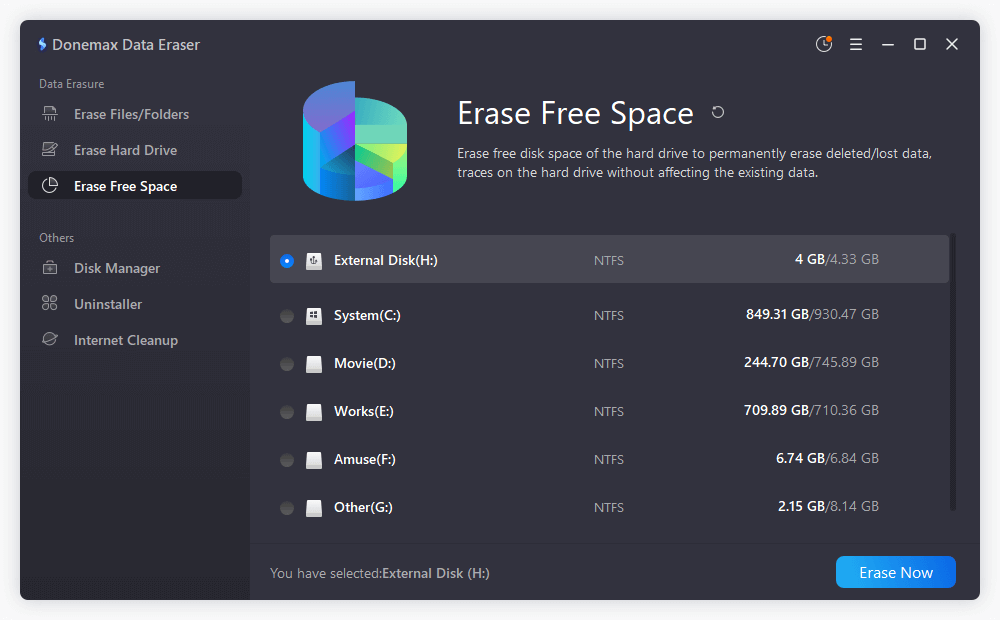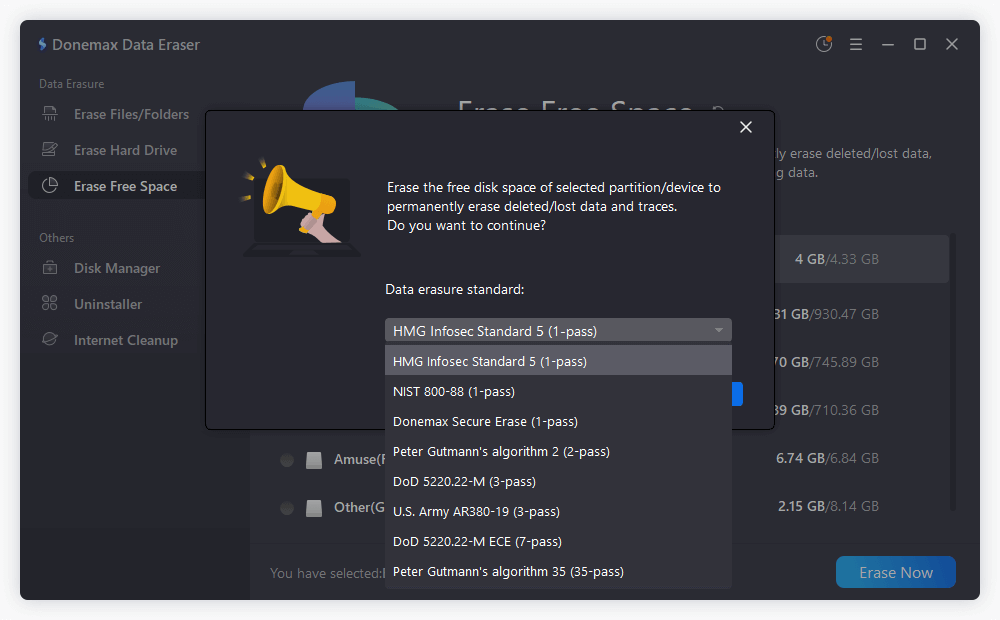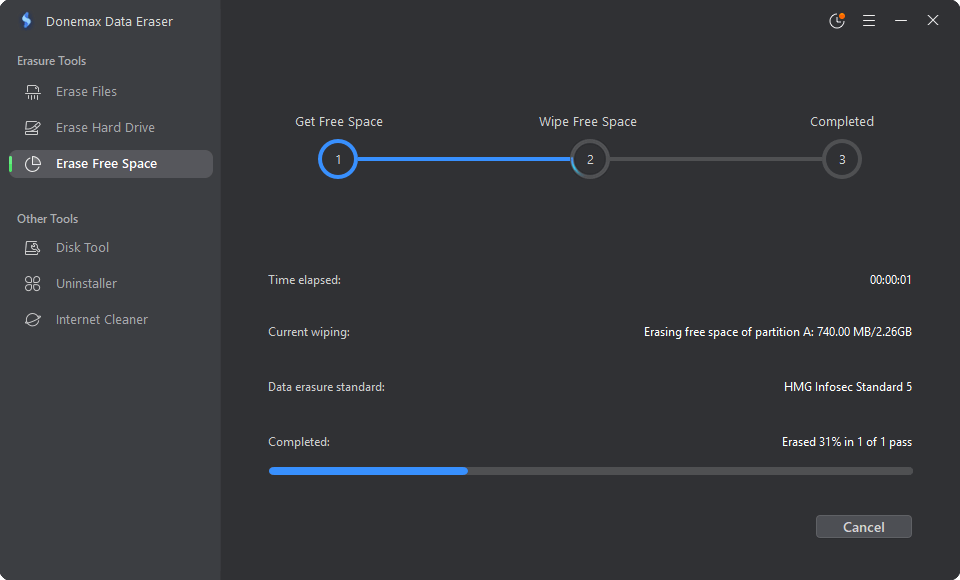Before we start: If you want to make sure the wiped data is gone forever without any data recovery possibility, you can use the reliable and professional data wiping tool - Donemax Data Eraser. It can ensure the wiped data cannot be recovered with any recovery software.
PAGE CONTENT:
Wiping the C drive is a critical process, typically performed when you're preparing to sell your computer, eliminate persistent malware, or perform a clean reinstallation of Windows. Unlike deleting files or formatting a secondary drive, wiping the system (C) drive requires specific steps because it contains the Windows operating system. This guide will walk you through everything you need to know about how to safely and effectively wipe C drive on Windows 11/10/8/7.
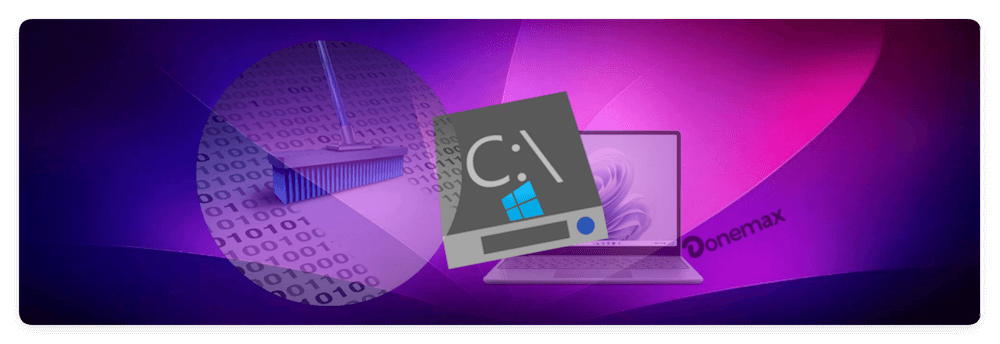
What Is the C Drive on Windows?
The C drive is the default primary partition where Windows is installed. It holds all the core system files, program files, and user data by default. Because it's the system partition, you cannot delete or format it while you're logged into Windows, making wiping the C drive a bit more complex than other drives.
Why Would You Need to Wipe the C Drive?
Here are some common scenarios where wiping the C drive becomes necessary:
- Preparing to sell or give away your PC – Ensures your personal data is completely erased.
- Eliminating persistent malware or viruses – A full wipe can remove deeply embedded threats.
- Starting fresh with a clean Windows installation – Useful for performance issues or cluttered systems.
- Changing file systems or partition configurations – For example, switching from MBR to GPT.
Important Things to Consider Before Wiping the C Drive
Before proceeding, consider the following:
1. Back Up Important Data
Once the C drive is wiped, all data will be irreversibly deleted. Back up your important files and data to an external hard drive or cloud storage service.
2. Have Bootable Media Ready
Since the operating system resides on the C drive, wiping it will make your system unbootable. Ensure you have a bootable USB or DVD with Windows installation media to reinstall the OS afterward.
3. Know Your Windows Product Key
If you're reinstalling an older version of Windows (like 7 or 8), ensure you have your product key available. For Windows 10/11, the key is often embedded in the firmware and activates automatically.
Method 1: Wipe C Drive Using Windows Installation Media
This is the most straightforward method to wipe your C drive and optionally reinstall Windows.
Step 1: Create a Bootable USB or DVD
You can use the official Media Creation Tool from Microsoft to create a bootable USB for Windows 11 or 10. For Windows 7 or 8, you'll need to download the ISO from Microsoft's website and use a tool like Rufus to create bootable media.

Step 2: Boot from the Installation Media
Attach the USB/DVD into your PC. After restarting the computer, hit a key such as F2, Del, Esc, or F12 (depending on the manufacturer) to access the BIOS/UEFI.
Modify the startup sequence such that the USB and DVD are prioritized. Save the modifications and close the BIOS. The installation media should now be used to boot up your computer.
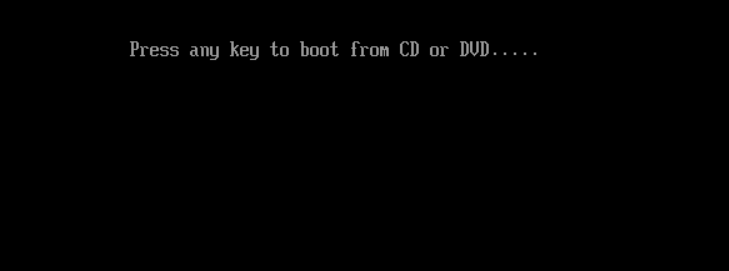
Step 3: Start Windows Setup
Click Next after selecting your preferred language. Tap Install Now.
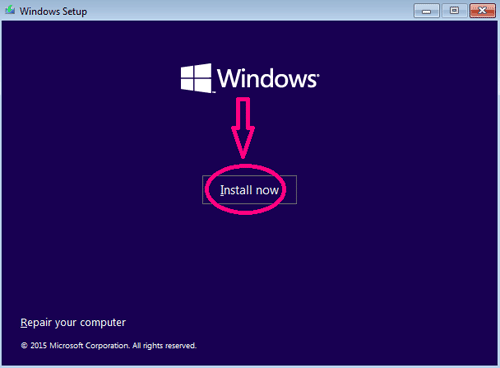
Step 4: Wipe the C Drive
Choose Custom: Install Windows only (advanced).
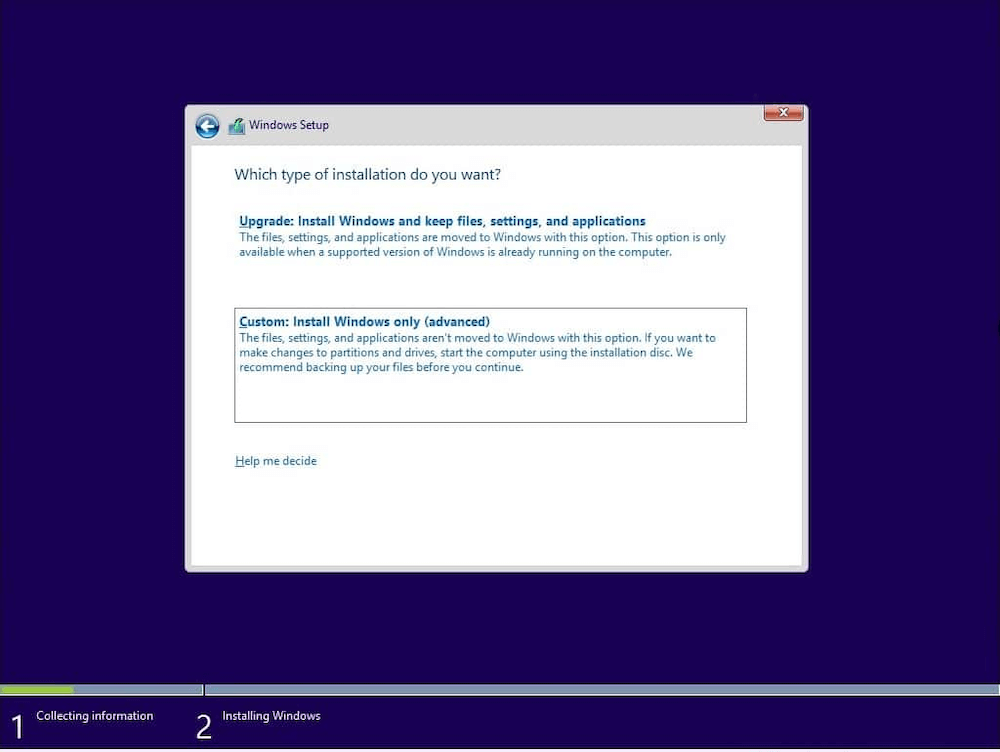
You will see a list of existing partitions. Select the partition labeled Primary (usually the C drive). Click Delete. Confirm when prompted.
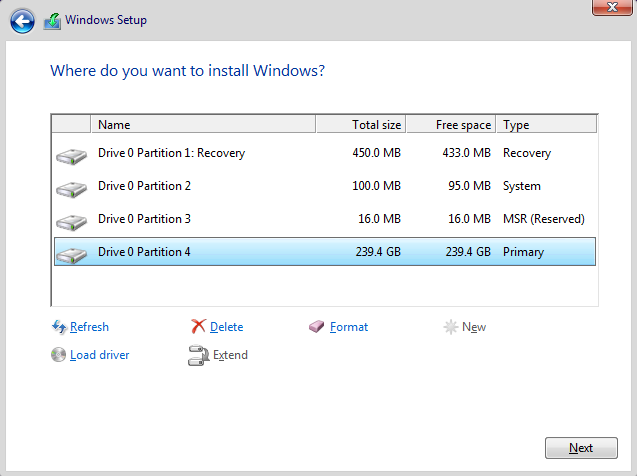
You can also delete other system-related partitions (like System Reserved, Recovery, etc.). After deletion, you'll see Unallocated Space. Select it and click Next to proceed with a clean installation.
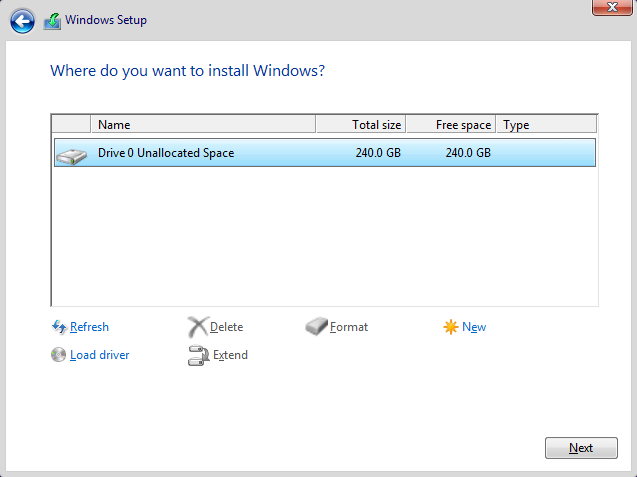
If you only want to wipe the drive and not install Windows again, exit the setup after deleting the partitions.
Method 2: Wipe C Drive Using Command Prompt (Diskpart)
For advanced users, Diskpart is a powerful built-in utility in Windows that allows direct manipulation of disks, partitions, and volumes. It's especially useful when you want more control over the wiping process without using third-party software.
When Should You Use Diskpart?
- You want to delete and reconfigure all partitions on the drive.
- You prefer a command-line interface over a graphical one.
- You're creating a custom partition setup before installing a new OS.
- You want to ensure a clean slate without traces of previous installations.
Warning: Diskpart commands are irreversible. Choosing the wrong disk can permanently erase important data. Proceed with caution.
Step-by-Step: How to Wipe the C Drive Using Diskpart
Step 1: Boot from Windows Installation Media. Since the C drive contains the operating system, you cannot wipe it from within the active Windows environment. You need to boot from external media.
Step 2: Access the Command Prompt. Once you're at the Windows Setup screen. Instead of clicking "Install now," press Shift + F10. This will open the Command Prompt window directly.
Step 3: Launch Diskpart and List Disks. In the Command Prompt, type the following:
diskpart
Diskpart will launch and change the prompt to DISKPART>. To view all connected disks:
list disk
You will see a list of the connected disk on the PC.
💡 Tip: Your system disk is typically the one with the operating system (often Disk 0).
Step 4: Select the Disk to Wipe. To select Disk 0 (adjust as needed):
select disk 0
Confirm selection by typing: list partition. This will show the partitions on that disk, including the C drive.
Step 5: Clean the entire disk (full wipe). To wipe everything from the selected disk (all partitions and data):
clean
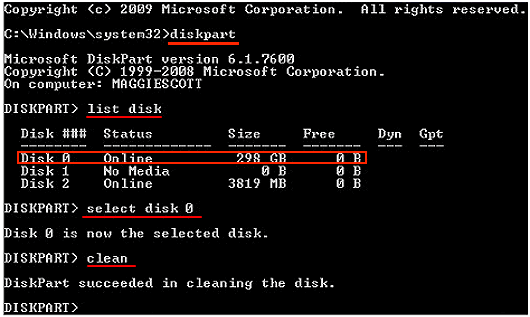
This will remove all partition and volume information from the disk, leaving it as unallocated space.
💡 Tip: You can also use clean all if you want to overwrite every sector with zeros (takes much longer but is more secure).
Now close the Command Prompt and proceed with the Windows installation if desired.
What Happens after Using Diskpart?
After running clean, your disk will have no partitions, no filesystem, and no bootable OS. You can now:
- Use the Windows installer to create new partitions and install a fresh OS.
- Use another tool to clone a different OS image.
- Safely dispose of the drive knowing it's been cleaned.
Let's say you're selling your laptop and want to make sure your personal data is completely removed. Using Diskpart's clean all command ensures that all your data is overwritten and unrecoverable, even with forensic tools.
Method 3: Use Third-Party Tools to Securely Wipe C Drive
If you want to securely erase data from C drive (for example, before selling your PC), use specialized third-party tools that overwrite data multiple times. Here we suggest the software Donemax Data Eraser which Offers secure erase features and supports bootable environments.
Donemax Data Eraser
- User-friendly interface with multiple data wipe tools.
- Permanently wipe data to avoid data recovery.
- Securely erase data to protect privacy information.
How to Use Donemax Data Eraser to Wipe C Drive:
- The software cannot directly wipe the C drive. You can first reinstall the Windows system or factory reset the PC.
- Download the Donemax Data Eraser and install it on your computer. Run the software and select Erase Free Space.
![wipe C drive on Windows 11/10/8/7]()
- Click Erase Now button, and then you need to select a data erasure standard to wipe data permanently from the C drive.
![wipe C drive on Windows 11/10/8/7]()
- Start the process and wait—this can take hours depending on the wipe method.
![wipe C drive on Windows 11/10/8/7]()
After the process is done, all the old personal data on the C drive is totally gone. There will be no chance to recover the data in any way. You can feel free to resell or donate your PC.
FAQs About Wiping the C Drive
1. Can I wipe the C drive without a USB?
Not if you're wiping the drive the operating system is running on. You'll need an external boot method like a USB or DVD.
2. Is formatting the same as wiping?
No. Formatting marks the file system as empty, but the data may still be recoverable. Wiping (or secure erasure) overwrites the data, making it much harder or impossible to recover.
3. Can I reinstall Windows after wiping the C drive?
Yes. After wiping the C drive, you can install Windows using a bootable USB or DVD.
4. Is data recoverable after wiping the C drive?
It depends. A simple delete or format can sometimes be reversed using data recovery software. However, secure erase methods (multi-pass overwrites) make recovery nearly impossible.
5. Is wiping the same as a factory reset?
No. A factory reset restores the device to its original state using a recovery partition. Wiping the C drive deletes everything, including the recovery partition, unless you've backed it up separately.
Conclusion
Wiping your C drive isn't as simple as deleting files—it requires careful preparation and the right tools. Whether you're starting fresh, recycling your device, or safeguarding your privacy, following the correct method for your system ensures a clean, safe wipe.
Always remember to back up your important files before starting, and be prepared with bootable installation media if you plan to reinstall Windows. For those needing enhanced data security, consider using secure erase tools or disk sanitizing utilities that meet government-grade data destruction standards.
By choosing the right approach, you can ensure your C drive is completely and safely wiped on Windows 11, 10, 8, or 7—ready for whatever comes next.

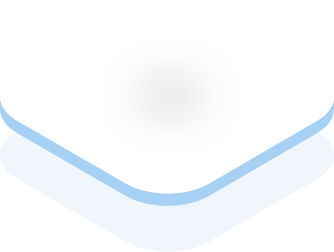
Donemax Data Eraser
Donemax Data Eraser One of the best data erasure programs can permanently delete data. It works on PCs, Macs, HDDs, SSDs, USB drives, digital cameras, and other devices. Once the tool erases the data, no one cannot recover it by any method.
Related Articles
- Oct 18, 2023How to Wipe Samsung Laptop Before Selling or Donating It?
- Jul 27, 2025How to Wipe FAT32 Drive on Windows or macOS?
- Jun 21, 2023How to Permanently and Quickly Destroy Sensitive Data?
- Apr 07, 2024How to Erase A SSD from BIOS?
- Feb 02, 2024What Is Diskpart Clean and How to Use It to Wipe Data?
- Apr 29, 2025How to Wipe Data – A Comprehensive Guide

Steven
Steven has been a senior writer & editor of Donemax software since 2020. He's a super nerd and can't imagine the life without a computer. Over 6 years of experience of writing technical solutions and software tesing, he is passionate about providing solutions and tips for Windows and Mac users.

Gerhard Chou
In order to effectively solve the problems for our customers, every article and troubleshooting solution published on our website has been strictly tested and practiced. Our editors love researching and using computers and testing software, and are willing to help computer users with their problems

